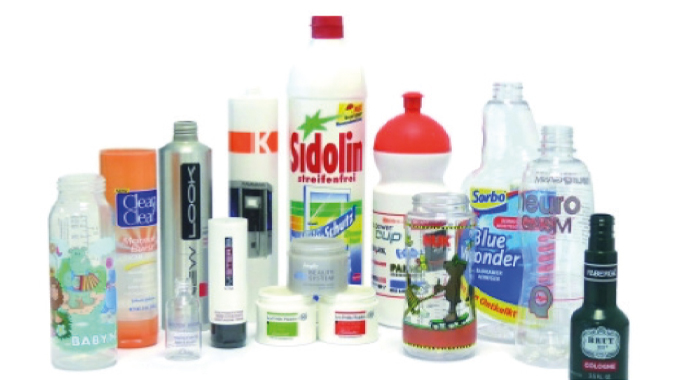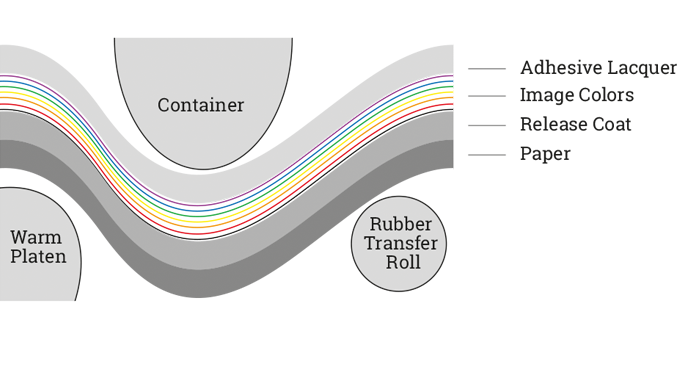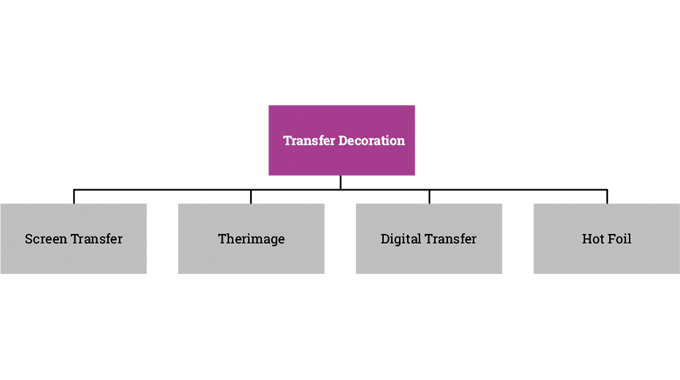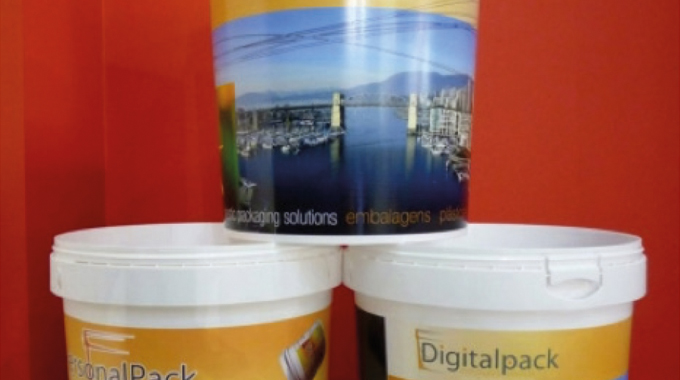Product decoration technologies: conventional direct printing
Direct decoration can be defined as the application of unsupported liquid ink directly onto the pack or product. With direct printing the need for a secondary carrier such as a label is totally eliminated.
With conventional direct printing ink can be applied to the pack or packaging material using a variety of techniques such as screen, pad and dry-offset. In most cases the ink carrier comes into direct contact with the pack or product and the image is transferred under pressure.
Stay up to date
Subscribe to the free Label News newsletter and receive the latest content every week. We'll never share your email address.






